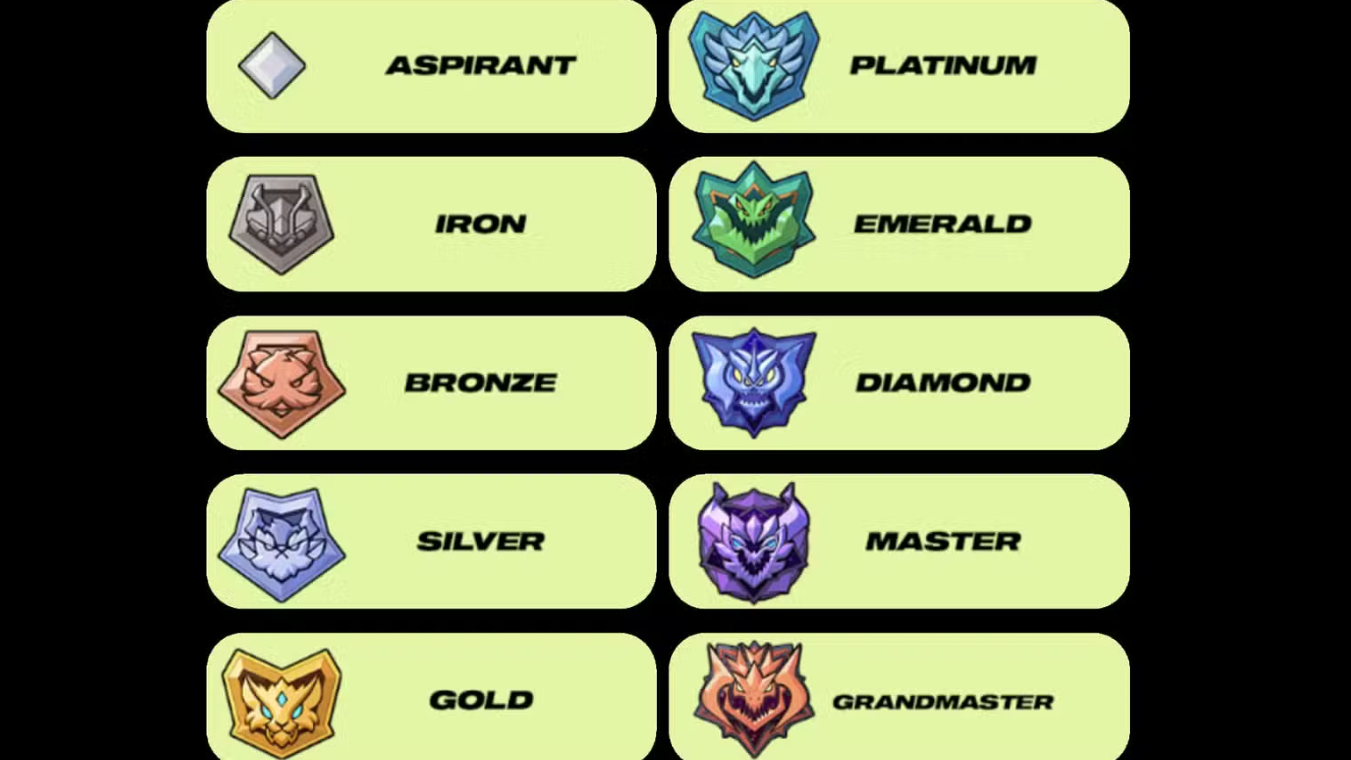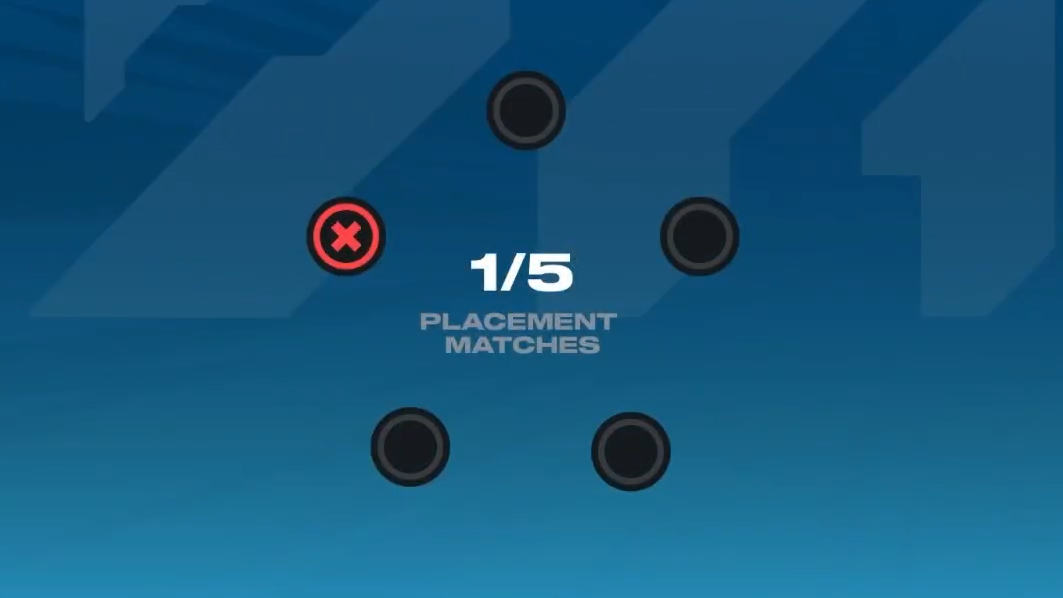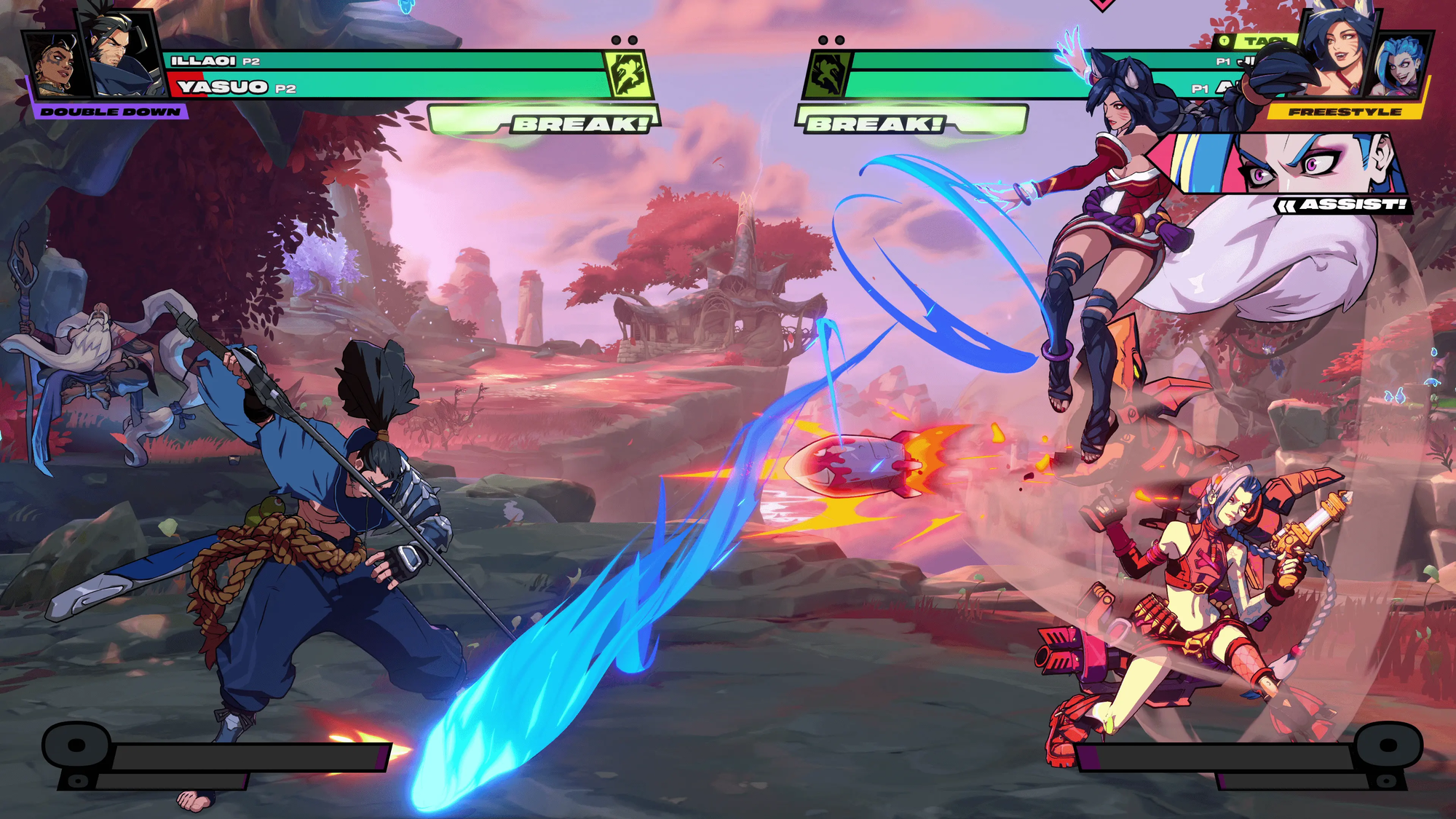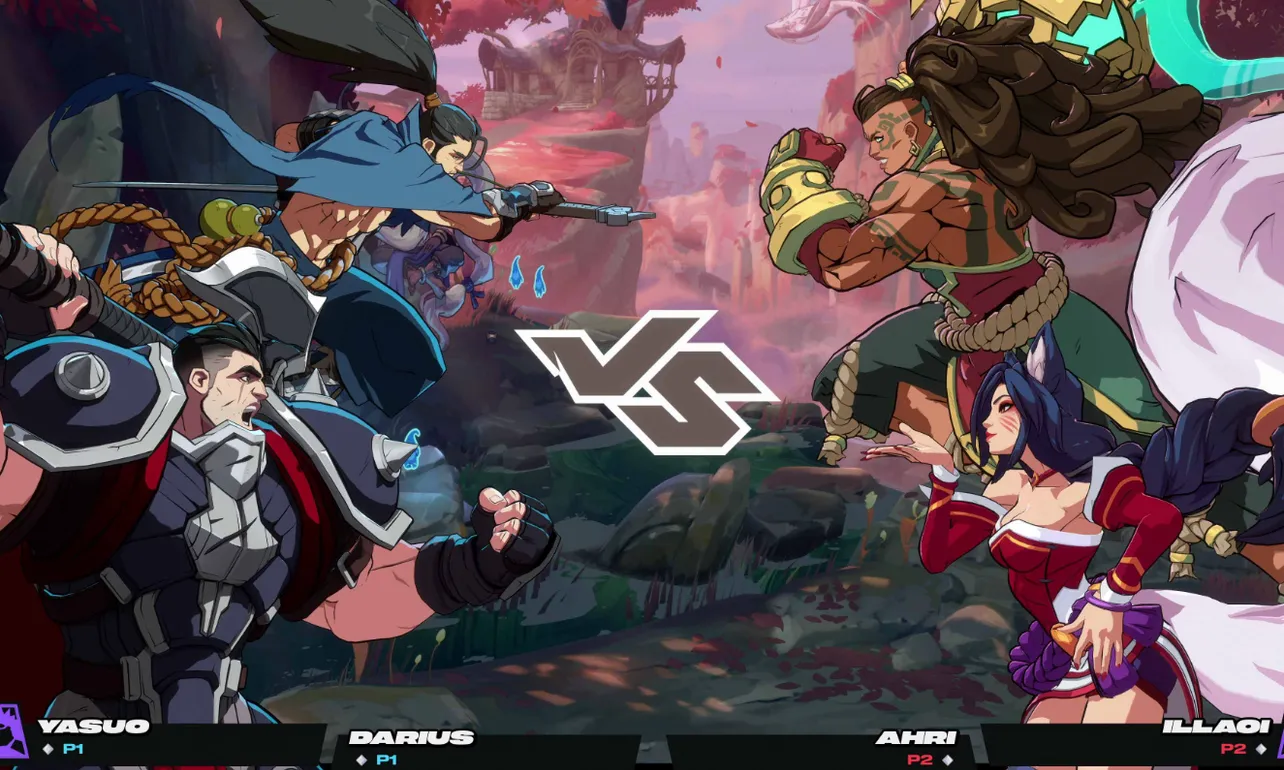If the 2XKO ladder feels a little uneven, that’s not your imagination. Early Access population, flexible duo queue, and a placement system that can seed players across a wide span of skill all combine to create a rank distribution that looks “chopped” in the short term. Here’s how the ranking system actually works, why the spread looks the way it does today, and what to expect as the season matures.
2XKO ranks and tiers
Once your account reaches level 3, ranked mode unlocks. Most divisions have three tiers (I, II, III), and you climb using Ranked Points (RP). Grandmaster and Challenger work differently and don’t use tiers.
| Division | Tiers | Notes |
|---|---|---|
| Aspirant | I, II, III | Entry division for new ranked players |
| Iron | I, II, III | |
| Bronze | I, II, III | |
| Silver | I, II, III | |
| Gold | I, II, III | |
| Platinum | I, II, III | |
| Emerald | I, II, III | |
| Diamond | I, II, III | |
| Master | I, II, III | |
| Grandmaster | — | No tiers |
| Challenger | — | Leaderboard-based; see requirements below |

Ranked Points (RP), promotions, and safety nets
- Each tier requires 100 RP to advance.
- Hit 100 RP and you promote immediately to the next tier; any extra RP carries over. For example, winning at 93 RP in Gold III moves you to Platinum I with 3 RP.
- Dropping below 0 RP doesn’t demote you right away. You’re set to 0 RP for a final chance to recover. A subsequent loss demotes you to the next lower tier.
- Demotions only move you down tiers. You can’t be demoted to a lower rank (e.g., you remain in Gold even if you lose multiple games at 0 RP in Gold III).
Placements and why distribution looks “chopped”
Your first five ranked games are placement matches. Leaving a placement counts as a loss. After placements, you’re slotted into lobbies that match your new rank.

In Early Access, the pool of ranked players is smaller and churn is higher—new players are constantly entering while others step back between tests. That means:
- Placements can seed players into widely different starting divisions, stretching the curve.
- As the system calibrates more players, streaks can feel more dramatic and pockets of the ladder can look over- or under-populated.
- Season resets compress everyone back into fresh placements, briefly distorting the spread before it stabilizes.
These swings are typical early on. As more matches are played and the population grows, ranks trend toward a smoother distribution.

Duo queue impact on the ladder
2XKO is built for teamwork, and the ranked mode reflects that. You can duo with friends of any rank. Expect tougher matches when pairing across large rank gaps, and RP gains may be reduced to discourage boosting. Those two levers—match difficulty and adjusted RP—help keep progression meaningful while preserving the game’s duo-first identity. The side effect is localized volatility where highly skilled duos meet under-seeded opponents early in a season.
Built-in rematches change how results snowball
Each ranked encounter can extend into a best-of-three if both sides agree to rematch. That structure rewards adaptation and counterpicks and reduces the number of one-and-done upsets that can skew short-term RP movement. It also means a single queue pop can swing more RP if both players keep opting in, which is another reason the ladder can feel streaky while the ecosystem is still settling.

Grandmaster and Challenger requirements
- Grandmaster has no tiers; you climb by earning RP.
- Challenger requires two things at once: being in Grandmaster with at least 500 RP and placing within the top 100 on the ranked leaderboard.
Because Challenger is a live leaderboard, its population moves as players gain and lose RP. Expect more churn near the cutoff during Early Access as active players rotate in and out.
Seasons and resets
Ranked progress resets at the end of the season. In Early Access, shorter testing windows and full resets amplify the calibration period at the start of each season, which temporarily skews distribution. Once a season runs long enough and more players settle near their true skill, the ladder shape evens out.

What to expect next
Right now, the “chopped” look mainly reflects an early, fast-moving playerbase and a system designed to accommodate duos and rapid calibration. The mechanics are straightforward—100 RP per tier, immediate promotions with RP carryover, demotion protection at 0 RP—and they’re built to converge on fair matches over time. As more players complete placements, keep queueing regularly, and play through best-of-three sets, the rank curve will normalize and the day-to-day swings will taper.


